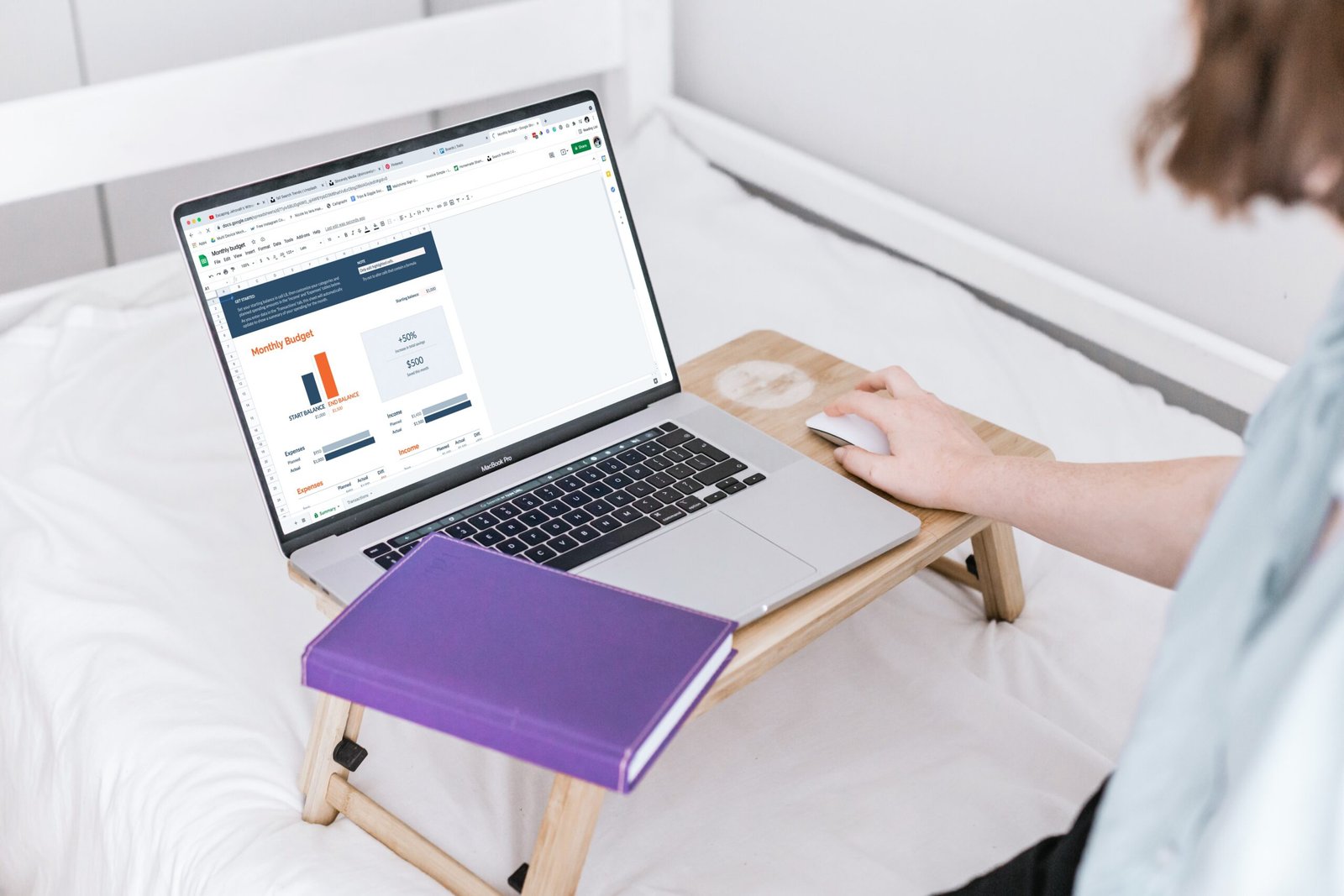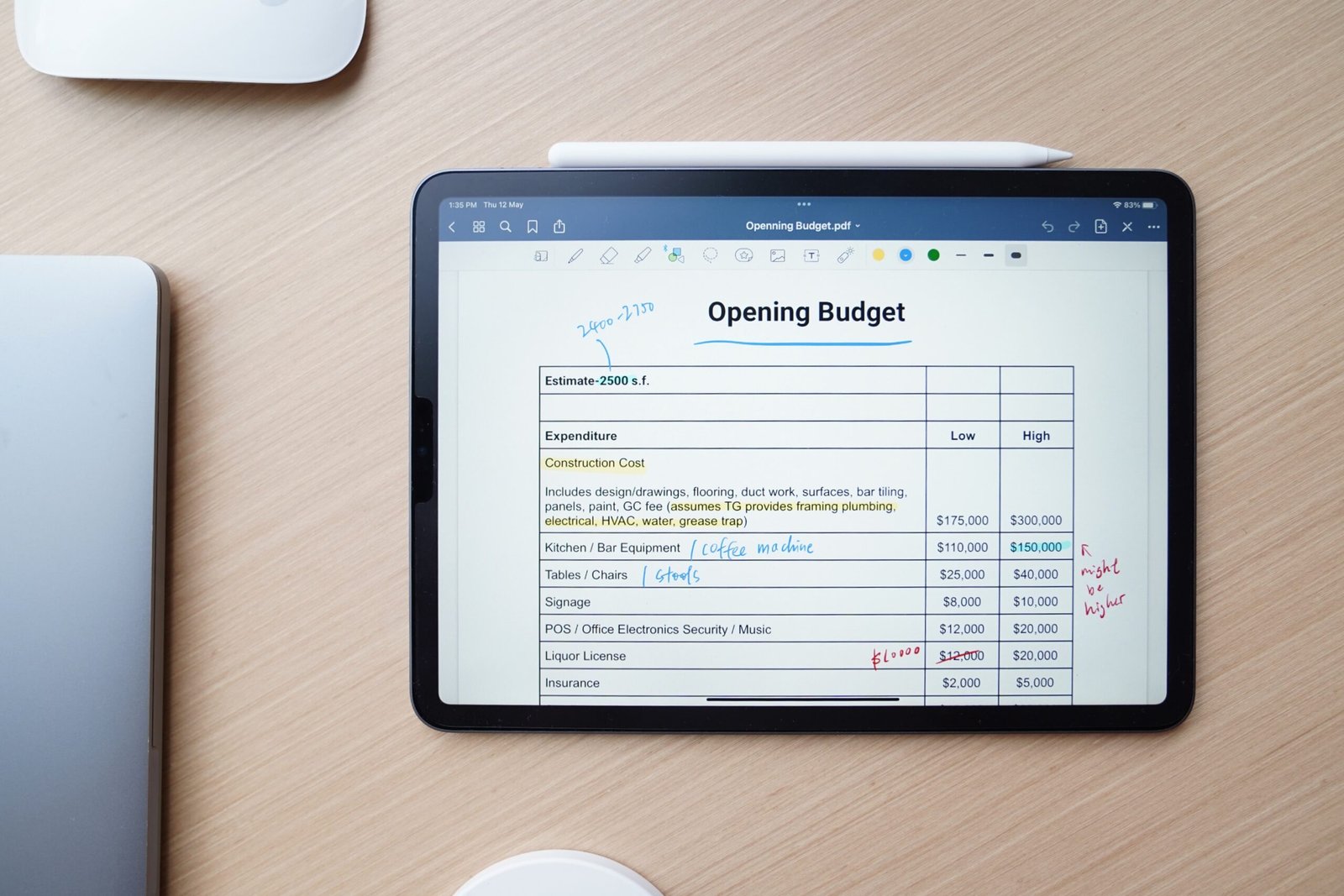Introduction
Are you tired of living paycheck to paycheck? Do you want to take control of your finances and achieve your financial goals? Creating a budget and tracking your spending is the key to financial success. In this blog post, we will explore the top 10 ways to create a budget and track your spending, along with the latest trends and tips to help you manage your money effectively.
1. Set Clear Financial Goals
Before you start creating your budget, it’s important to set clear financial goals. Whether you want to save for a down payment on a house, pay off debt, or build an emergency fund, having specific goals will give you a sense of direction and motivation. For example, if your goal is to save $10,000 for a vacation, break it down into smaller monthly savings targets.
2. Track Your Income and Expenses
To create an effective budget, you need to have a clear understanding of your income and expenses. Start by tracking your income from all sources, including your salary, freelance work, and passive income. Then, track your expenses by categorizing them into fixed expenses (rent, utilities) and variable expenses (groceries, entertainment). Use budgeting apps or spreadsheets to simplify the process.
3. Identify Areas for Cutting Expenses
Once you have a clear picture of your income and expenses, identify areas where you can cut back. Look for subscriptions or memberships you no longer use, find ways to reduce utility bills, and limit discretionary spending. Cutting back on small expenses can add up to significant savings over time.
4. Create a Realistic Budget
When creating a budget, it’s important to be realistic. Take into account your income, expenses, and financial goals. Allocate a portion of your income to savings and prioritize essential expenses. Be flexible and adjust your budget as needed, especially when unexpected expenses arise.
5. Use Envelope Budgeting
Envelope budgeting is a popular method that involves allocating cash into different envelopes for specific spending categories. This physical representation of your budget can help you visualize your spending and prevent overspending in certain areas. It’s a great way to stay accountable and avoid relying on credit cards.
6. Automate Your Savings
Make saving money effortless by automating your savings. Set up automatic transfers from your checking account to your savings account each month. This way, you won’t be tempted to spend the money and you’ll be building your savings without even thinking about it.
7. Utilize Technology and Apps
In this digital age, there are numerous budgeting apps and tools available to help you track your spending and manage your finances. These apps can sync with your bank accounts, categorize expenses, and provide valuable insights into your spending habits. Some popular budgeting apps include Mint, YNAB (You Need a Budget), and Personal Capital.
8. Review and Adjust Regularly
A budget is not a one-time thing. It requires regular review and adjustment to ensure it aligns with your current financial situation and goals. Set aside time each month to review your budget, track your spending, and make any necessary adjustments. This will help you stay on track and make informed financial decisions.
9. Seek Professional Advice
If you’re struggling to create a budget or manage your finances effectively, don’t hesitate to seek professional advice. Financial advisors can provide personalized guidance based on your unique circumstances and help you develop a solid financial plan. They can also assist with investment strategies and retirement planning.
10. Stay Committed and Stay Positive
Creating a budget and tracking your spending requires commitment and discipline. It’s important to stay positive throughout the process, even when facing challenges or setbacks. Remember that financial freedom is within reach, and each small step you take towards your goals will bring you closer to the financial future you desire.
FAQs
Q: How often should I review my budget?
A: It’s recommended to review your budget at least once a month to ensure it reflects your current financial situation and goals.
Q: Should I include savings in my budget?
A: Yes, it’s important to prioritize savings in your budget. Allocate a portion of your income towards savings to build an emergency fund and work towards your financial goals.
Q: Can I use multiple budgeting apps?
A: Yes, you can use multiple budgeting apps to find the one that suits your needs best. Experiment with different apps and choose the one that provides the features and functionality you require.
Tips
– Keep track of your spending daily to stay aware of your financial habits.
– Involve your family members in the budgeting process to ensure everyone is on the same page.
– Be mindful of impulsive purchases and consider implementing a waiting period before making non-essential purchases.
– Celebrate your financial milestones along the way to stay motivated and encouraged.
Conclusion
Creating a budget and tracking your spending is the foundation of financial success. By following these top 10 ways, you can take control of your finances, achieve your goals, and build a secure financial future. Remember, it’s never too late to start managing your money effectively. Take the first step today and reap the rewards in the future.
Call to Action
Share this blog post with your friends and family to help them create a budget and track their spending. Together, we can all achieve financial freedom!









